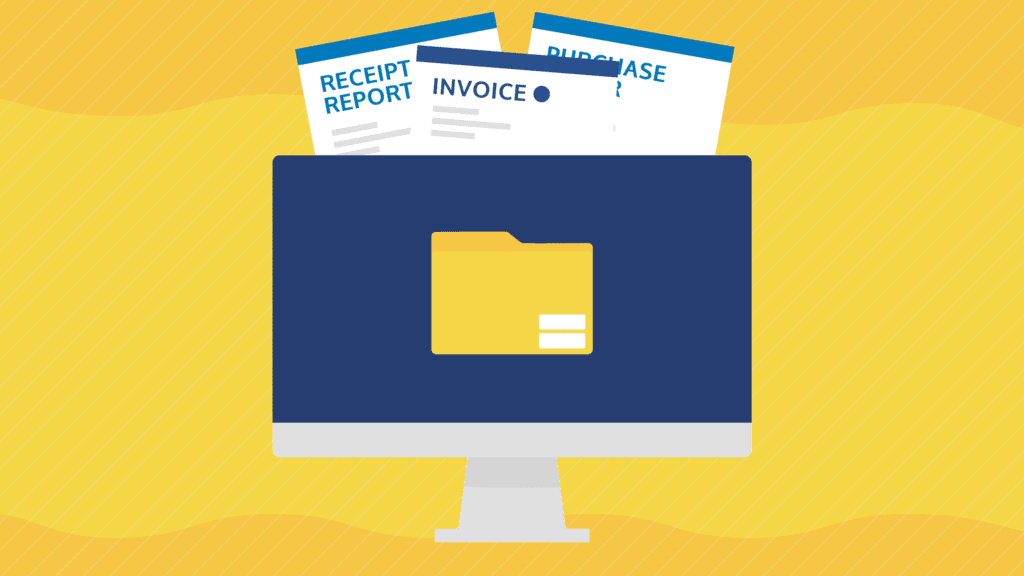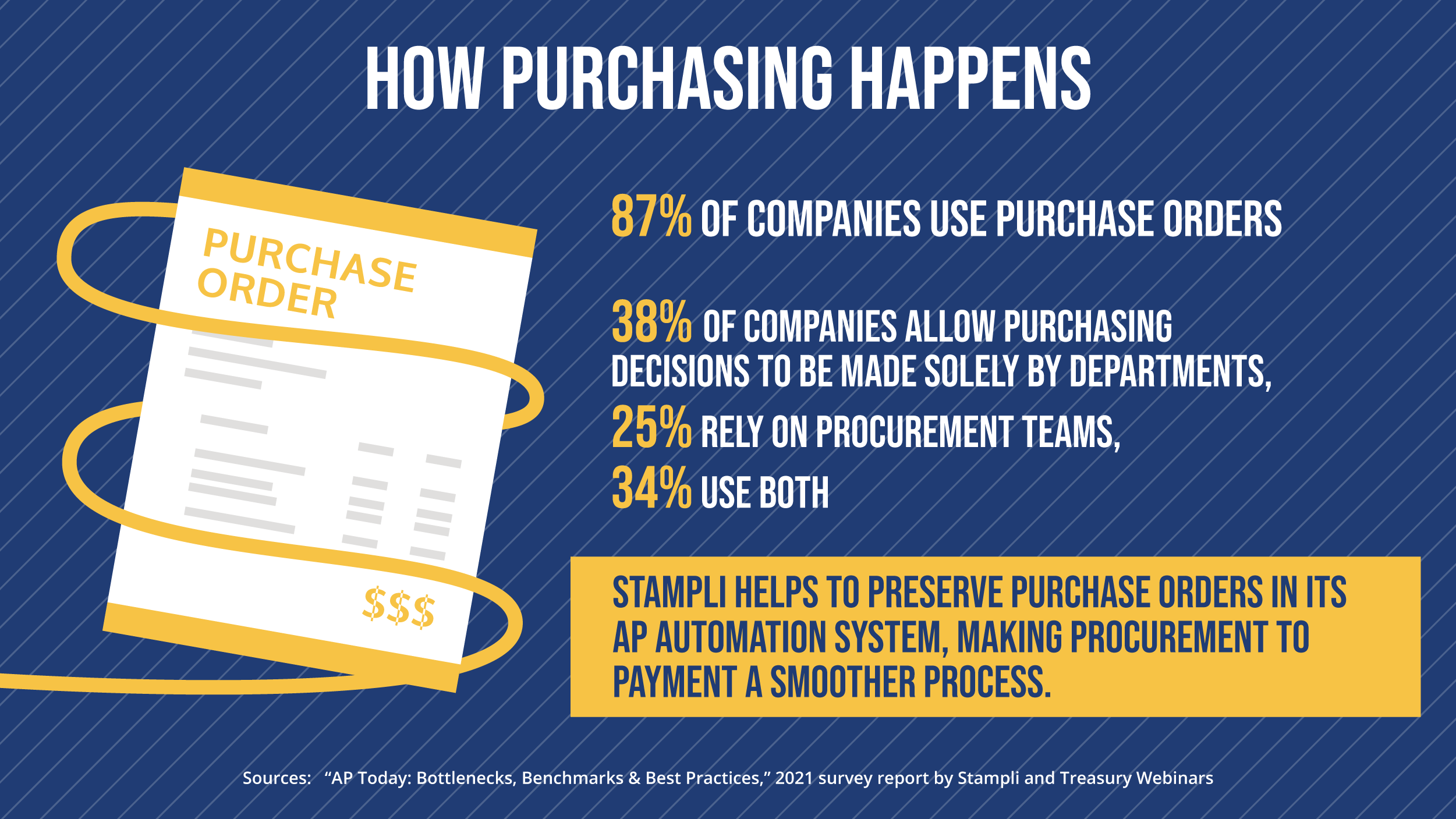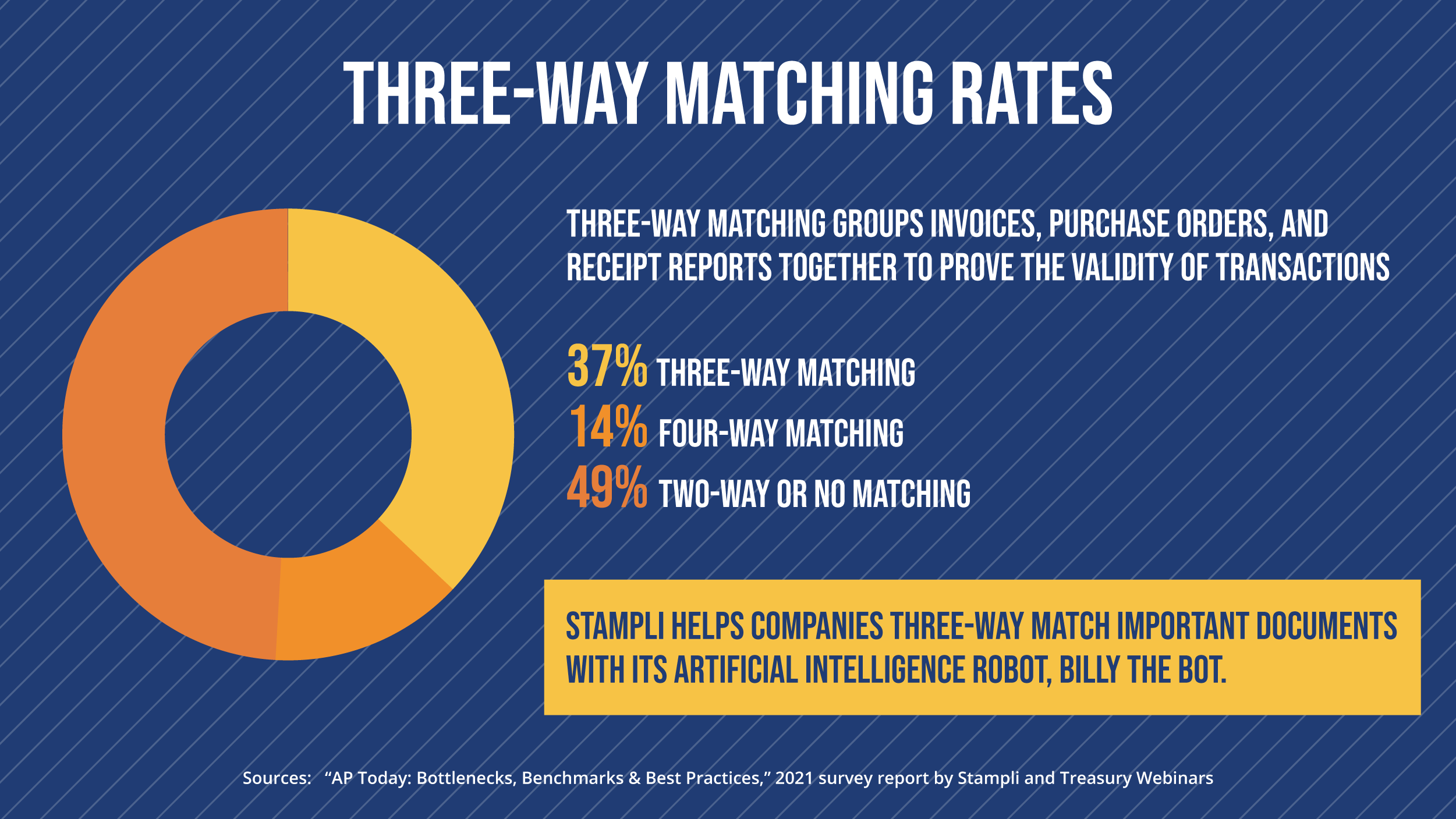Accounts Payable Process Documentation: Why to go Digital

Records matter in accounts payable.
In a part of business where fraud can be common and even innocent errors can cost companies dearly, good accounts payable process documentation can help ensure the greatest accuracy. But this doesn’t have to mean insisting on a lengthy trail of paper documents. In fact, such a course of action isn’t even advisable these days for accounts payable.
Today, we’re going to discuss why to go digital with accounts payable process documentation, look at which AP documents matter most, share best practices for working with them, and show how Stampli can help take the process to the next level.
Common Parts of Accounts Payable Process Documentation

B2B buyer’s journeys can be lengthy, with accounts payable process documentation able to accumulate from the point of purchase and on. Here are the documents that accounts payable departments are most likely to see.
Purchase Orders
Often, the first document that gets generated during accounts payable process documentation is a purchase order, or PO.
POs serve as indispensable records in accounts payable process documentation, though they aren’t always consistently used. A survey report by Stampli and AP Now, “Common Invoice Problems: How to Deal with Them” found 71% of companies had invoices lacking purchase order numbers or requisitioner names. Meanwhile, a 2021 survey report by Stampli and Treasury Webinars, “AP Today: Bottlenecks, Benchmarks & Best Practices,” found that only 87% of companies use purchase orders.
Who submits POs and how they do it can vary. The AP Bottlenecks report also found that 38% of companies let departments decide what to purchase, 25% have it done by a procurement team, and 34% allow a mix. These people might fill out a form for their PO (i.e. requisition order). Or it might be as informal as a letter or email. At the end of the day, it’s whatever it takes to crystallize an agreement to buy goods or services.
Receipt Reports
A receipt report is a business’s proof that it got what it was supposed to have received and that accounts payable process documentation is being followed.
Still, it’s not always easy for companies to group receipt reports with other key documents, particularly if the receipt reports are printed out and sitting in a tray at a loading dock. This requires AP specialists or other staff to stop what they’re doing and head to a different department to gather documents however often it’s necessary. Then they have to pull a physical folder with the invoice and PO to group everything together.
We’ll share a solution to this a little later in the post.
Invoices
Invoices are listed after purchase orders and receipt reports here, though it’s worth noting they can come at any stage of the P2P process. Some vendors send invoices at purchase times. Others hold off until they’ve delivered goods or services. And some might adhere to a company’s standards on when to submit invoices, such as the first business day of the month. The form of receipt for an invoice may be paper or analog, mailed or emailed.
While different sources online note that rates of invoice digitization have increased markedly in recent years, Stampli and Treasury Webinars’ report on AP bottlenecks found that more than 40% of companies were still getting paper invoices.
Whatever the format, it’s vital to have an invoice management solution that can quickly get invoices into an enterprise resource planning (ERP) or accounting system, regardless of whatever form they arrive in to a company, and match these invoices with corresponding documents for a transaction.
3 Best Practices for Accounts Payable Process Documentation

Now let’s review a few best practices for accounts payable process documentation.
1. Three-Way Matching
Three-way matching involves grouping an invoice, purchase order, and receipt report together to prove a transaction is valid. The idea is that an invoice should have a corresponding purchase order to show a company agreed to buy the goods or service on it and a receipt report to show they arrived.
Three-way matching is an accounts payable process documentation best practice, as it helps to keep companies from paying fake invoices or for goods or services that never arrive.
But three-way matching often doesn’t happen. Stampli and Treasury Webinars’ survey report on AP bottlenecks found that only 51% of companies were using three-way or four-way matching, with many only doing two-way matching, some no matching at all. Moreover, two-way matching is like a two-legged stool: a lot less likely to stand up to scrutiny than something with three legs.
Part of the problem is that for companies that have stuck with manual accounts payable process documentation, three-way matching can be very time-consuming to perform. Still, there are ways to make it much easier, as we’ll discuss in a bit.
2. Digitizing Your Documents
Paper documents can be tricky when it comes to accounts payable. Because of their physical form, they can get misplaced by staff or accidentally destroyed. And because they need to be physically delivered, it can cause inefficiencies in your processes.
For companies that pull off the impossible and preserve all of their paper documents, the reward is needing copious amounts of physical space to store everything, especially for businesses with Sarbanes-Oxley Act requirements. Not surprisingly, 23% of companies listed improved regulatory compliance as one of the benefits of AP automation in another 2021 survey report by Stampli and Treasury Webinars, “The How, the Why and the ROI of AP Automation.”
This same report also noted that the top reason companies had for investing in AP automation was excessive paper, at 35%.
Thankfully, AP automation makes it easy for companies to digitize and manage all of their essential accounts payable process documentation. Where they might have formerly needed a floor or annex of their building for filing cabinets, companies can shred paper copies of invoices, purchase orders, or receipt reports as soon as they’ve been scanned into their automation systems with the help of optical character recognition (OCR) software or other tools.
3. Storing Docs in the Cloud, Long-Term
As noted earlier, companies can face intense reporting requirements associated with accounts payable, with strict terms for Sarbanes-Oxley, which governs publicly-traded companies. Even privately-owned businesses often need to maintain their AP records for seven years for liability, regulatory, or other reasons.
Companies have three choices when storing their accounts payable process documentation: Keep everything in paper form, either on or off-site, which can be inefficient and not secure; digitize their documents into a proprietary system, which can be costly to build and maintain and might quickly become obsolete; or turn to the cloud.
More and more companies are opting for the third option, with 94% of enterprises using the cloud according to recent estimates. It’s easy to see why this is happening: The cloud is safe, secure, and extremely cost-effective, with its accessibility regularly expanding. It’s ideal for a wide range of industries and applications, but particularly accounts payable process documentation because of all the associated paperwork.
How Stampli Helps Accounts Payable Process Documentation
Having good accounts payable process documentation can make or break a company. Here are a few ways that Stampli makes the process easier.
Three-Way Matching with Artificial Intelligence
At Stampli, Billy the Bot is an AI helper for invoice three-way matching. Billy makes it easy for users to process invoices based on Purchase Orders (PO) from API integrations. While integrations vary, Stampli’s API integration provides an automatic, real-time sync of all open purchase orders and related line items from the financial system to Stampli. Moreover, PO’s with items and expenses can be supported with API integrations when it comes to invoice processing in Stampli.
Stampli also offers the ability to associate multiple purchase orders with an invoice. Then changes made to open PO’s are automatically updated between the (API) financial system and Stampli. Purchase orders can also be easily accessed within Stampli with a quick link to the PO directly within the API financial system.
Easy Digitization of Documents
Sometimes, companies might get held up on implementing AP automation because they have a several-year backlog of paper documents. Certainly, a company shouldn’t disregard all of its paper records to get a new accounting system up and running.
With Stampli, a business doesn’t ever have to do this.
We can help a company easily digitize all of its important accounts payable process documentation. Our AP automation solution uses OCR to help companies easily scan their documents. A business getting started with Stampli’s cloud and SaaS-based AP automation platform doesn’t need to do too much more than gather their essential documents and let our system work its magic.
All the Cloud Storage a Company Could Need for Accounts Payable
Accounts payable process documentation can be like running a mini archive. With this, the last thing a company should be worrying about is if it’s going to run out of space in the cloud for its AP automation system.
With Stampli, we’re mindful of this and provide all the cloud storage that companies could need for their accounts payable operations. We’re accustomed to working with small, mid-range and even enterprise-level businesses that might process thousands of invoices in a month.
Moreover, Stampli Direct Pay is an optional service with the greatest business-to-business (B2B) payment flexibility available on the market. Pay vendors by automated clearing house (ACH), paper checks, or outside of Stampli.
When companies do their processing (and B2B payments) with Stampli, they can rest assured that their accounts payable process documentation will always be on another level.
Helping protect your accounts payable documents while keeping them easily accessible. See the Stampli difference today.